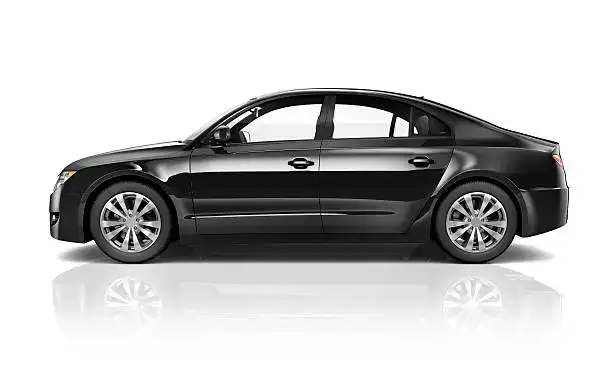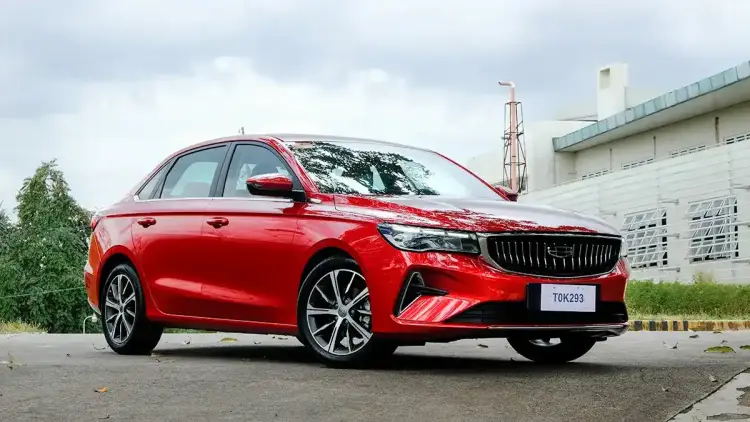- What Was VTC 2017?
- Key Highlights of VTC 2017
- How VTC 2017 Changed the Automotive Landscape
- Why Does VTC 2017 Still Matter Today?
- FAQ
The vtc 2017 shaped automotive discussions with its innovative features and industry impact. Its legacy continues to influence design, technology, and professional standards across the sector.
What Was VTC 2017?
VTC 2017 was an international conference that focused on the latest developments in vehicle technologies. Attended by a diverse group of participants, including automotive leaders, researchers, and policymakers, the event explored how tech-based innovations could shape the future of transportation. The discussions revolved around cutting-edge topics such as automated driving systems, advancements in electric propulsion, and how smart vehicle connectivity can enhance everyday life. Years later, this conference is remembered for sparking critical conversations that influenced the automotive industry in unprecedented ways.
Key Highlights of VTC 2017
VTC 2017 was rich in content and ideas. It was not just an event but a platform that sparked discussions and collaborations which continue to impact the automotive sector today. Here are the main points that made the conference memorable:
1. Emerging Technologies
The conference placed heavy emphasis on technologies that were still in their infancy at the time but hold a dominant role today. These included:
Autonomous Driving Systems: Discussions outlined challenges and benefits, foreseeing the widespread development of self-driving cars.
Electric Propulsion Technologies: Keynote speakers highlighted advancements in battery design and electric drivetrains that paved the way for modern electric vehicles.
Smart Connectivity Solutions: A focus was placed on integrating AI and IoT (Internet of Things) technology to make vehicles smarter, safer, and more consumer-friendly.
2. Industry Collaboration
Collaboration was a prominent theme during VTC 2017. These partnerships included:
Automaker and Software Developer Synergies: Pioneering collaborations began, bridging the gap between automotive manufacturing and tech development.
Shared Innovation Initiatives: Projects focusing on smart transport systems stood out, allowing different companies to collectively pursue the future of mobility.
3. Promoting Sustainability
The conference also highlighted the necessity of creating vehicles and systems with minimal environmental impact. Topics under this umbrella included:
Reducing carbon emissions through alternative energy solutions.
Designing eco-friendly vehicles and adopting material recycling methods.
Advocating for renewable energy charging infrastructures for electric vehicles (EVs).
How VTC 2017 Changed the Automotive Landscape

The discussions and initiatives launched during VTC 2017 made a profound impact on how the industry progressed thereafter. Let’s explore some notable effects:
Driving Innovation
Some of the most iconic innovations that began as concepts at this event have come a long way, including:
The accelerated rollout of autonomous driving technology.
Advanced designs and mass adoption of hybrid and electric vehicles.
Breakthroughs in AI-powered navigation systems.
Highlighting Consumer-Centric Trends
The event focused on ensuring that automotive technology aligns with consumer needs. These trends included:
Developing smart cars equipped with entertainment systems, voice assistants, and real-time traffic updates.
Introducing fuel-efficient vehicles aligned with budget-conscious drivers’ priorities.
Raising Awareness
Awareness campaigns at VTC 2017 shed light on sustainable practices and policies. Key outcomes of this awareness include:
The implementation of government subsidies to encourage green vehicles.
Improved regulatory guidelines to ensure safer transportation systems globally.
Why Does VTC 2017 Still Matter Today?
The importance of VTC 2017 cannot be overstated. The themes discussed at this conference still resonate within the automotive industry and inspire further development. Here’s why:
Sustainability Goals: Many of the eco-friendly solutions discussed are now standard in manufacturing and policy-making.
Technological Growth: The focus on AI and machine learning during VTC 2017 encouraged seamless integrations of these technologies in current vehicles.
Long-Term Partnerships: Collaborations formed at this event have blossomed, leading to groundbreaking projects in autonomous cars, EV infrastructure, and more.
Even years later, professionals still reference the ideas presented at VTC 2017 as a benchmark for future innovations.
FAQ
Q: What was the main focus of VTC 2017?
A: VTC 2017 focused on emerging technologies like AI-based autonomous driving, advancements in electric vehicle technology, and sustainable practices in transportation systems.
Q: How did VTC 2017 influence today’s automotive industry?
A: It accelerated the development of connected vehicles, encouraged collaboration between automakers and tech companies, and emphasized the push toward eco-friendly initiatives.
Q: Was VTC 2017 focused on global or regional topics?
A: It addressed global automotive challenges, setting a foundation for worldwide collaboration on future transportation needs.
Q: Why is VTC 2017 significant in shaping current mobility trends?
A: It introduced ideas like smart connectivity, automated solutions, and sustainable designs, forming the blueprint for modern automotive advancements.
Q: Was electric vehicle technology a major topic at VTC 2017?
A: Absolutely, electric vehicles were a core focus of the conference and were championed as an essential element in the industry’s shift toward sustainability.
Read More:
Price of Petrol in Dubai: What You Need to Know













